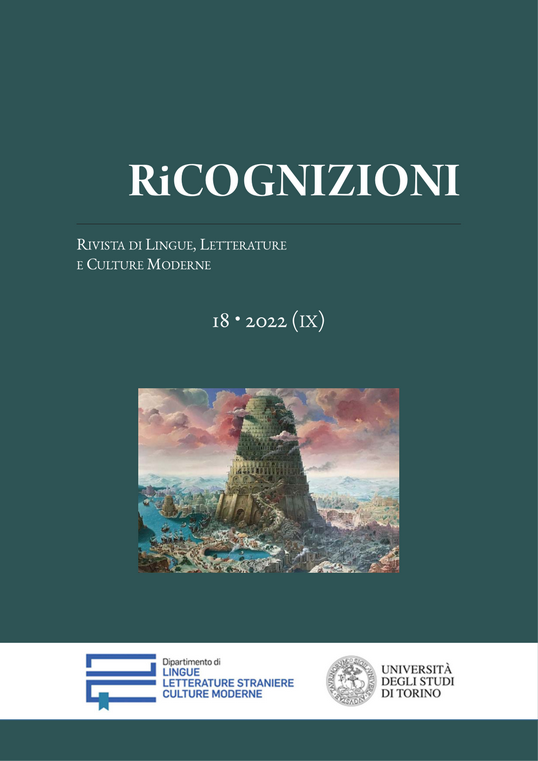A Computational Linguistic Approach to Conlang Research Literature
DOI:
https://doi.org/10.13135/2384-8987/7090Parole chiave:
Conlang, Computational Linguistics, Natural Language Processing, Bibliometrics, Network AnalysisAbstract
The field of Conlang has evidenced an important growth in the last decades. This has been the product of a wide interest on the use and study of conlangs for artistic purposes. However, one important question is what it is happening with conlang in the academic world. This paper aims to have an overall understanding of the literature on conlang research. With this we aim to give a realistic picture of the field in the current age. We have implemented a computational linguistic approach, combining bibliometrics and network analysis to examine all publications available in the Scopus database. Analysing over 2300 academic publications since 1927 until 2022, we have found that Esperanto is by far the most documented conlang. Three main authors have contributed to this: Garvía R., Fiedler S., and Blanke D. The 1970s and 1980s have been the decades where the foundations of current research have been built. In terms of methodologies, language learning and experimental linguistics are the ones contributing to most as the preferred approaches of study in the field. We present the results and discuss our limitations and future work.
##submission.downloads##
Pubblicato
Come citare
Fascicolo
Sezione
Licenza
Gli autori che pubblicano su questa rivista accettano le seguenti condizioni:- Gli autori mantengono i diritti sulla loro opera e cedono alla rivista il diritto di prima pubblicazione dell'opera, contemporaneamente licenziata sotto una Licenza Creative Commons - Attribuzione che permette ad altri di condividere l'opera indicando la paternità intellettuale e la prima pubblicazione su questa rivista.
- Gli autori possono aderire ad altri accordi di licenza non esclusiva per la distribuzione della versione dell'opera pubblicata (es. depositarla in un archivio istituzionale o pubblicarla in una monografia), a patto di indicare che la prima pubblicazione è avvenuta su questa rivista.
- Gli autori possono diffondere la loro opera online (es. in repository istituzionali o nel loro sito web) prima e durante il processo di submission, poiché può portare a scambi produttivi e aumentare le citazioni dell'opera pubblicata (Vedi The Effect of Open Access).








